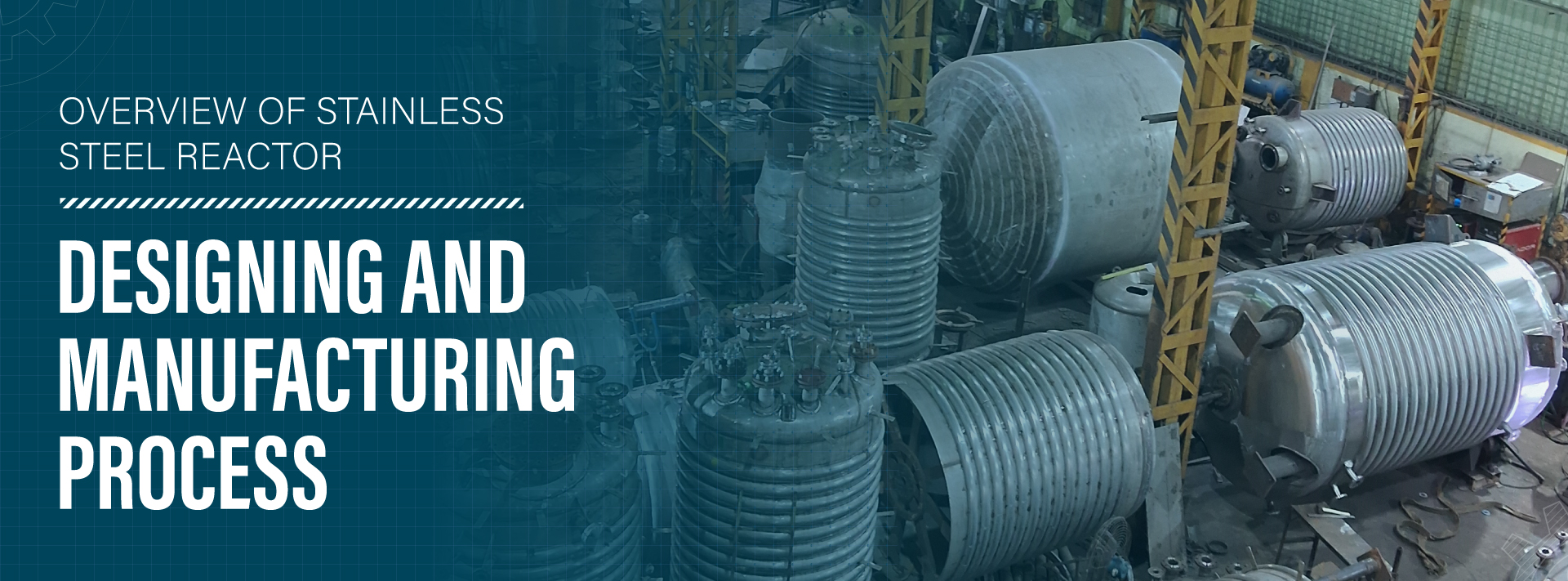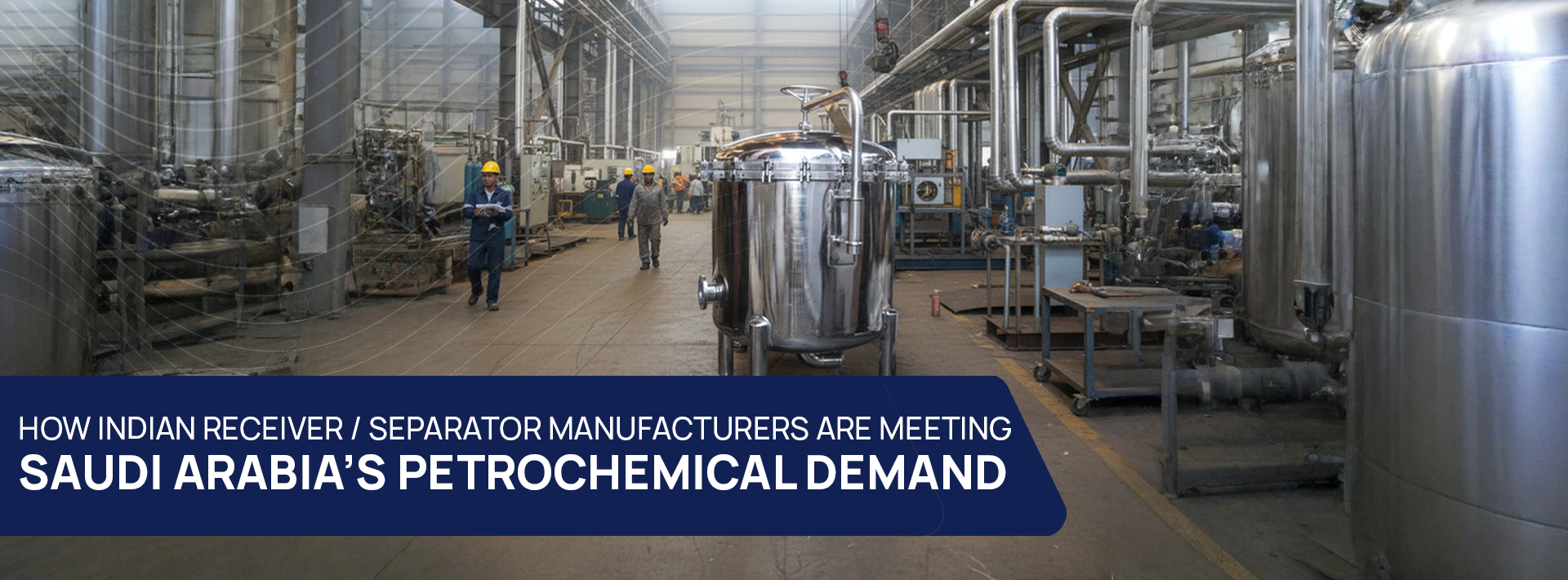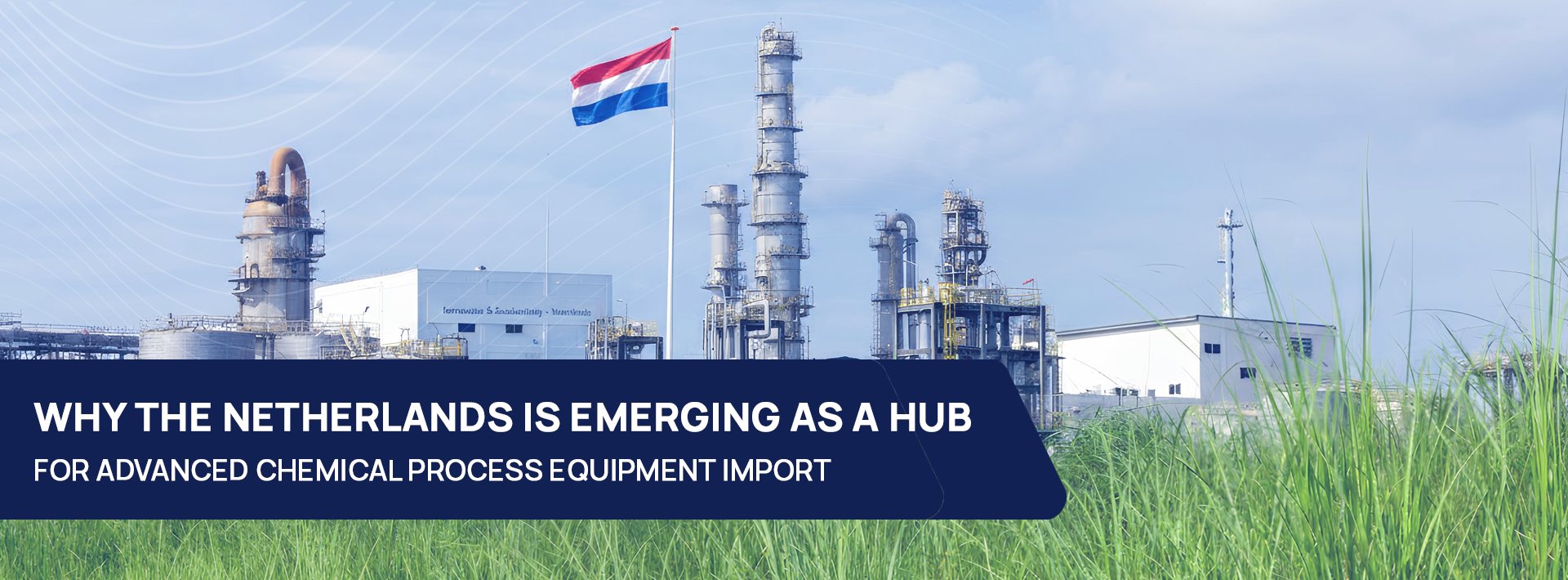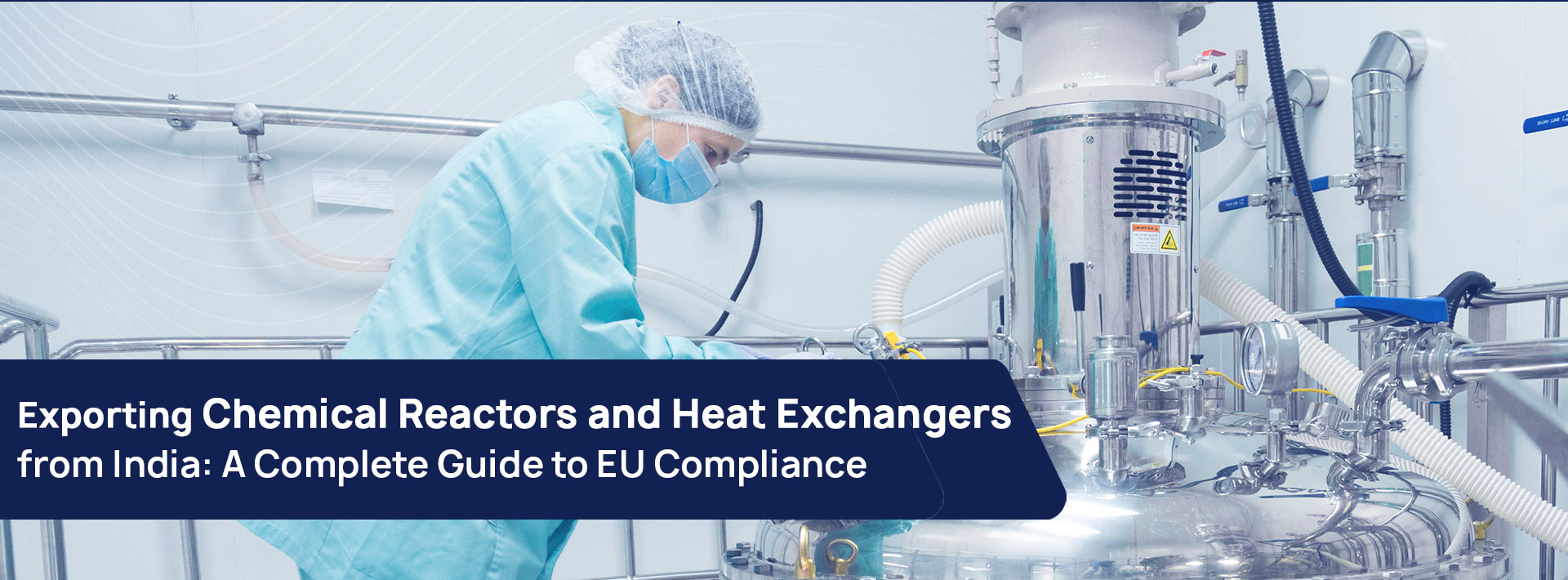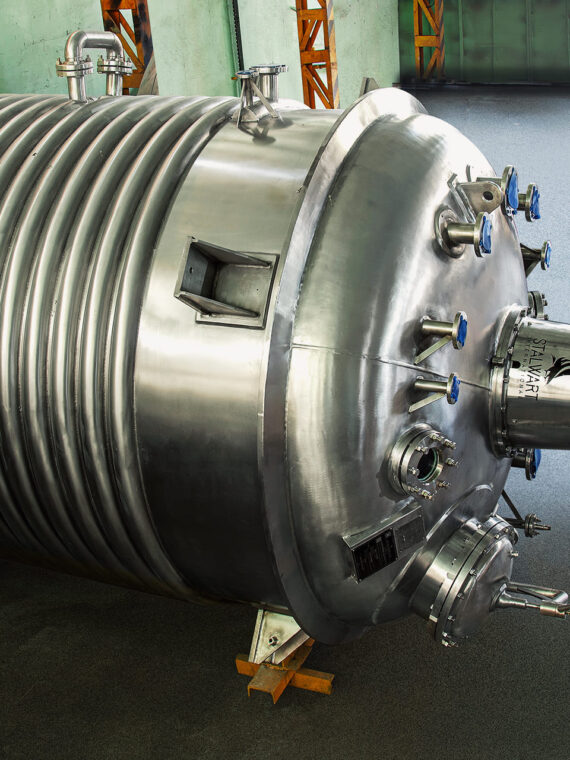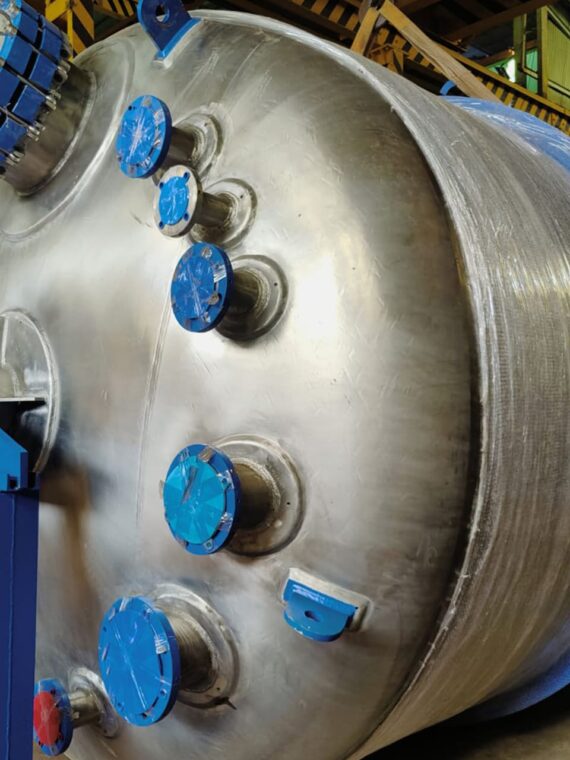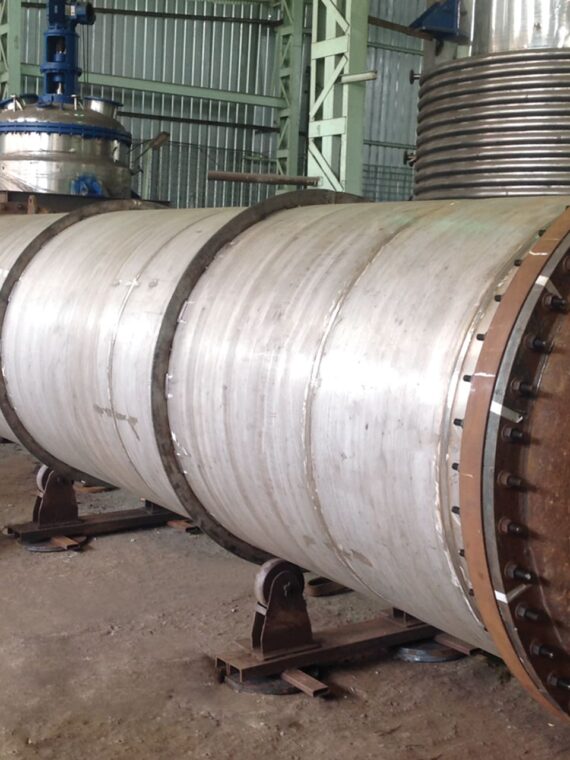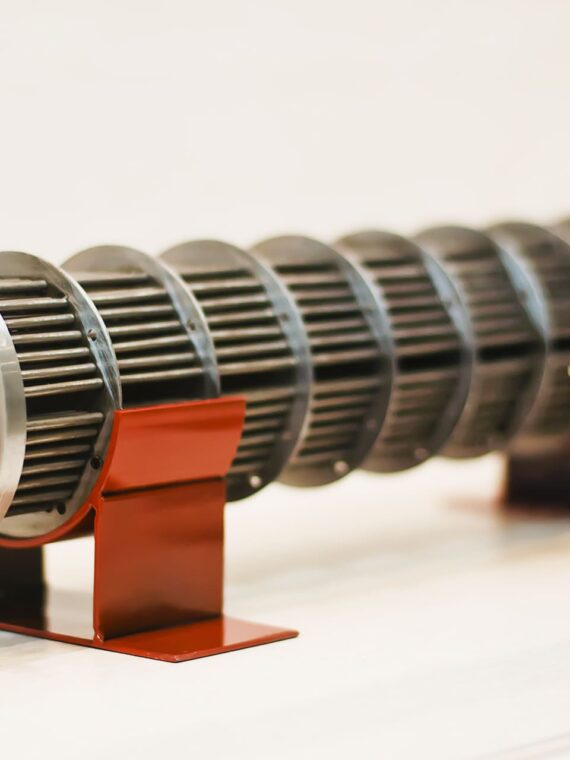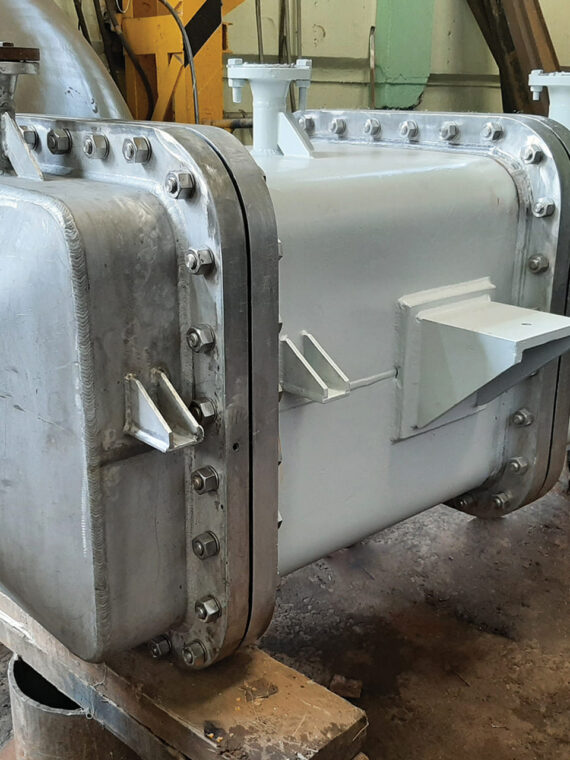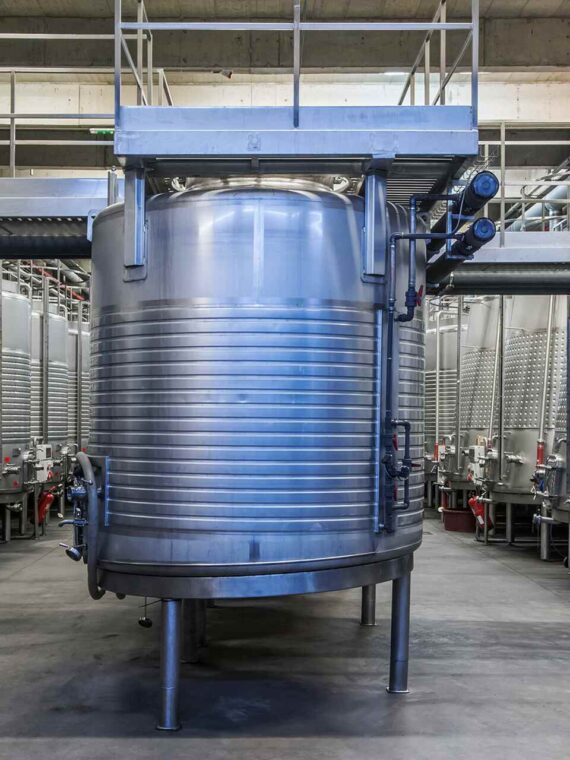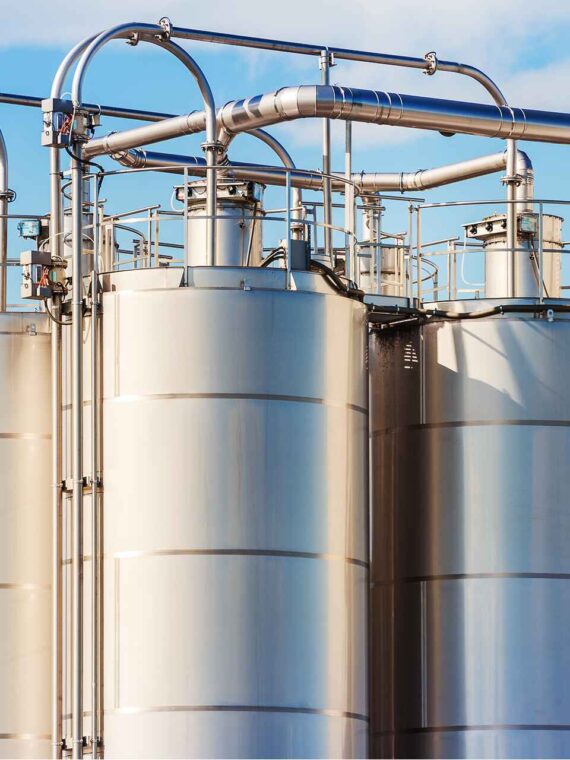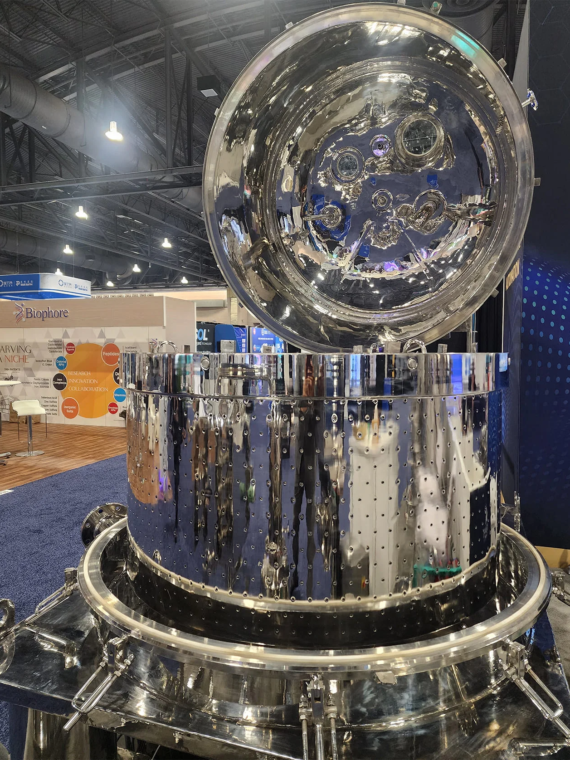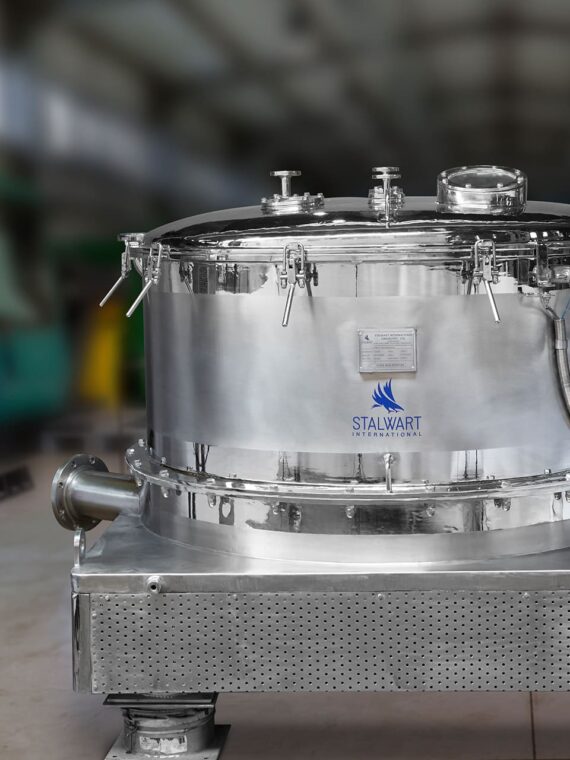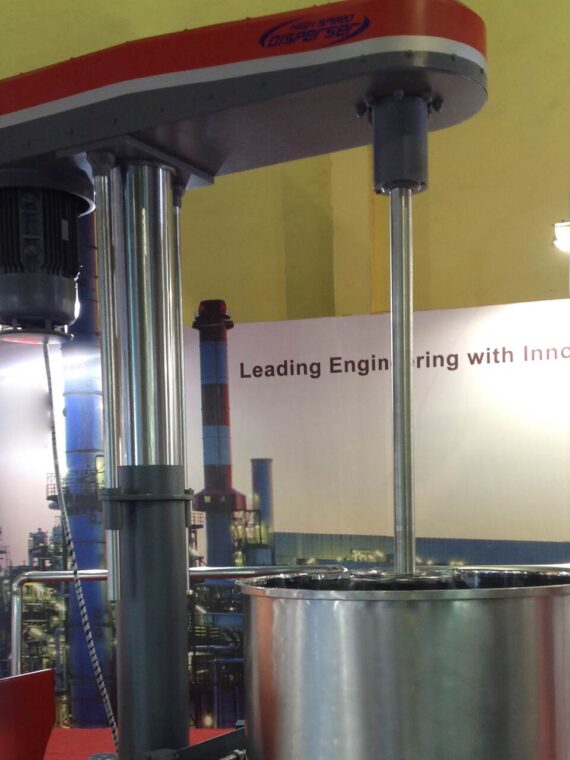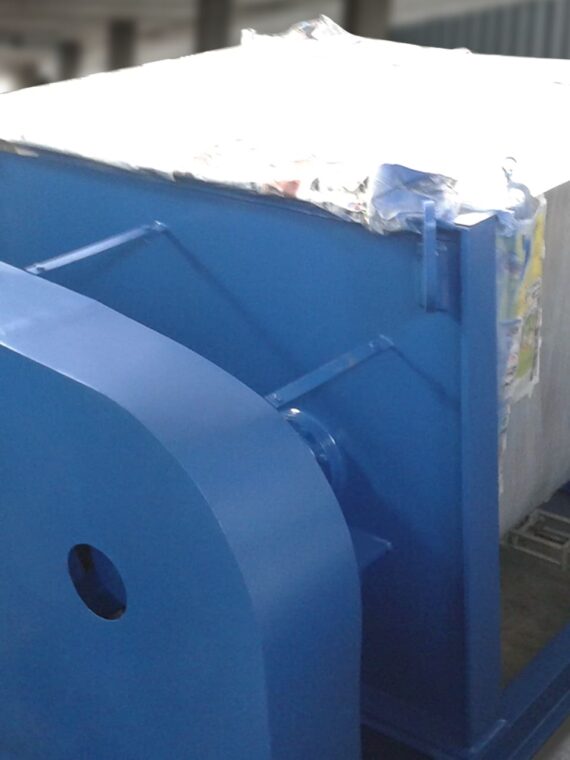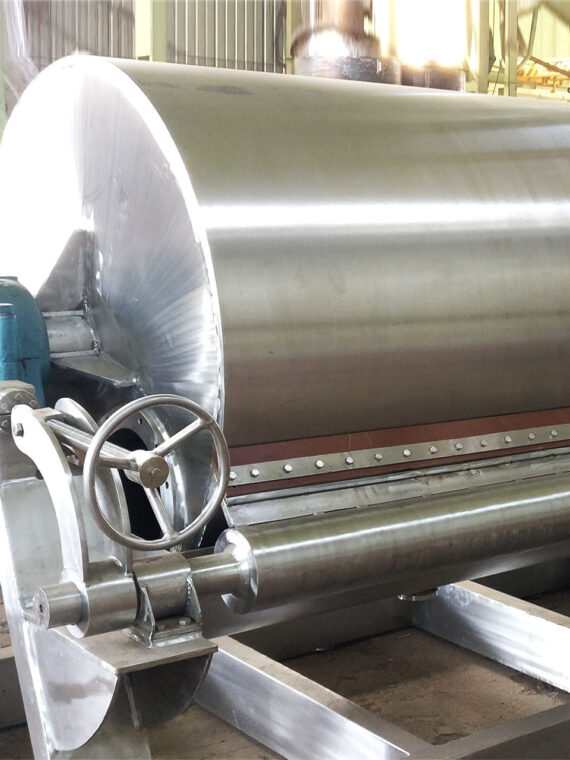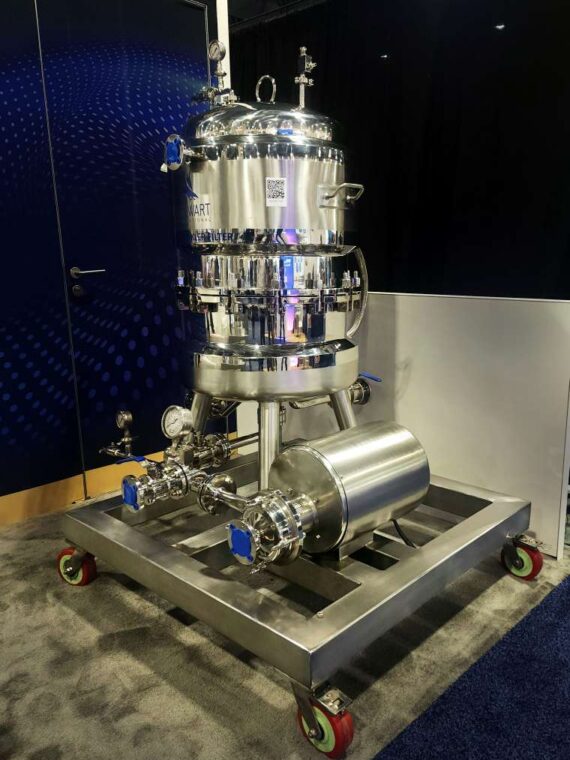The Stainless Steel Reactor, in which specifically chemical reactors are manufactured in industry, differ in size from a couple of cm3 to the tremendous structures that are regularly delineated in photos of modern plants. For instance, furnaces that produce lime from limestone might be more than 25 meters high and hold, at any one time, well more than 400 tons of materials.
The structure of the reactor is controlled by numerous variables; however of specific significance are the thermodynamics and energy of the concoction responses being done.
Followings are the main Stainless Steel Reactor designs which are used widely by the chemical reactor manufacturers:
Batch process reactors are the least difficult sort. The procedure reactor is loaded up with medium and the response is permitted to continue. At the point when the response has completed, the substance is discharged for downstream handling. The reactor is then cleaned, re-filled, and re-immunised with the goal that the response procedure can begin once more.
Must Read: Chemical Reactors – The Ultimate FAQ Guide
Continuous process reactors are the most mind-boggling stainless steel reactor. New media is constantly included, and reactor liquid is persistently expelled. Cell development rate can be streamlined by controlling the stream rate of the feed entering the reactor. Sorts of Continuous Process reactors are Continuous Stirred Tank Reactor (CSTR), Plug Flow Reactor, Tubular Flow Reactor.
- CSTR: a vessel to which reactants are included and items evacuated while the substance inside the vessel is enthusiastically mixed utilising inward fomentation or by inside (or remotely) reusing the substance. At unfaltering state, the stream rate it must be equivalent the mass stream rate out. Fermentation is CSTR’s utilised in organic procedures, for example, blending, anti-infection agents, and waste treatment.
- Plug Flow Reactors, likewise called cylindrical reactors, comprise of an empty pipe or cylinder through which reactants stream. Water at a controlled temperature is coursed through the tank to keep up consistent reactant temperature. It has higher effectiveness than CSTR. Applications can be in either gas or fluid stage frameworks. Regular modern uses are in fuel creation, oil breaking, an amalgamation of smelling salts from its components, and oxidation of sulphur dioxide to sulphur trioxide.
- Tubular Flow Reactors comprise of a cylinder or pipe through which reactants stream and are changed over to the item. They may have fluctuating measurements along the stream way. A few cylindrical reactors in arrangement or parallel may likewise be utilised. Both flat and vertical introductions are normal. Concoction responses occur in a surge of gas that conveys reactants from the delta to the outlet.
- Fed-batch process reactors are the most widely recognised sort. Crisp media is consistently, or once in a while intermittently, added to the bioreactor. In contrast to a consistent procedure reactor, nonetheless, item and waste are not expelled persistently.
There are many chemical reactor manufacturers with good industry experience. They are successful in by providing quality stainless steel reactor design and manufacturing services to their esteemed clients. They are high in performance; offering chemical reactors manufacturing with the help of sophisticated technology and machinery.
FAQs
What is a stainless steel reactor?
A stainless steel reactor is an industrial vessel made from high-quality stainless steel, designed to handle chemical reactions under various conditions such as high pressure, temperature, and corrosive environments. These reactors are commonly used in chemical, pharmaceutical, food, and petrochemical industries due to their durability, corrosion resistance, and ease of cleaning.
What is reactor design?
Reactor design refers to the process of planning and constructing reactors to ensure efficient, safe, and reliable operation. It involves determining factors such as material selection, size, shape, pressure ratings, heat transfer capabilities, and mixing requirements to meet specific production needs. A well-designed reactor optimizes performance, minimizes energy consumption, and ensures product quality.
What is the difference between GLR and SS reactor?
GLR (Glass-Lined Reactor) and SS (Stainless Steel) reactors are both used in industrial processes but differ in their material and applications. GLR reactors have a glass lining that provides excellent resistance to acidic and corrosive materials, making them suitable for chemical and pharmaceutical industries. In contrast, SS reactors are more versatile, with high strength, durability, and resistance to corrosion, making them ideal for various industries, including food, beverage, and petrochemicals.
What is the thickness of an SS reactor?
The thickness of a stainless steel reactor varies depending on its design, operating conditions, and industry standards. Typically, SS reactors have a wall thickness ranging from 3 mm to 12 mm. However, reactors designed for high-pressure applications may require thicker walls to ensure safety and performance. The exact thickness is determined based on factors like vessel size, operating pressure, temperature, and the nature of the materials being processed.


